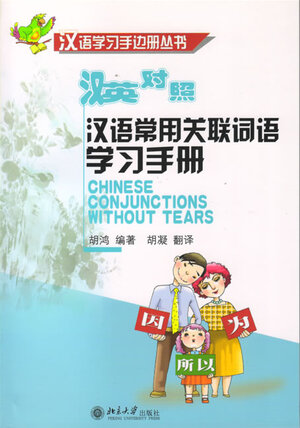
×
![Buchcover ISBN 9787301116661]()
Chinese Conjunctions Without Tears /Hanyu changyong guanlian ciyu xuexi shouce
von Hong Hu, aus dem Chinesischen übersetzt von Ning HuPreface
After having completed 120 hours of Chinese studies, we are entering the last stage of elementary Chinese. At this stage, we try to form compound sentences or longer composite sentences from shorter and partial sentences and expressions, and then practice expressions in each paragraph. These are the most important Chinese studies at the intermediate or high level. It is therefore essential at this stage of our studies to learn those conjunctions very well. Taking into account the particular features and requirements of our studies at this stage, Chinese conjunctions in common use are collected especially in this book. The main characteristics of this book are as follows:
After having completed 120 hours of Chinese studies, we are entering the last stage of elementary Chinese. At this stage, we try to form compound sentences or longer composite sentences from shorter and partial sentences and expressions, and then practice expressions in each paragraph. These are the most important Chinese studies at the intermediate or high level. It is therefore essential at this stage of our studies to learn those conjunctions very well. Taking into account the particular features and requirements of our studies at this stage, Chinese conjunctions in common use are collected especially in this book. The main characteristics of this book are as follows:


